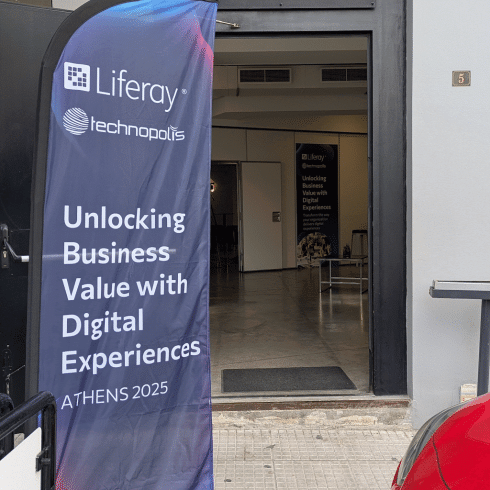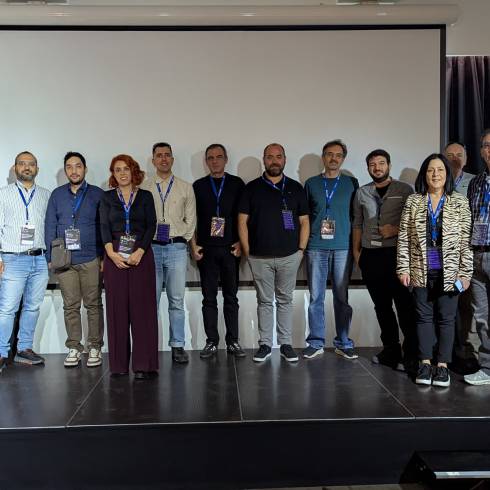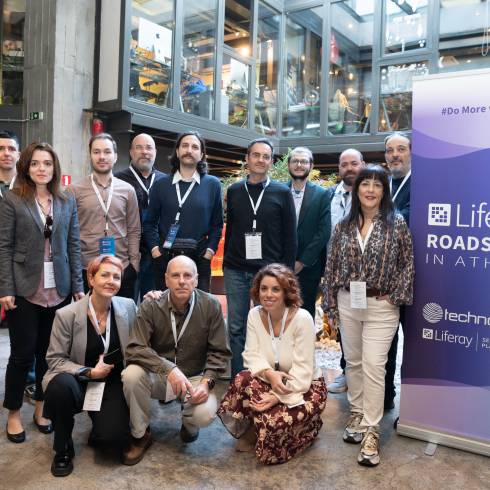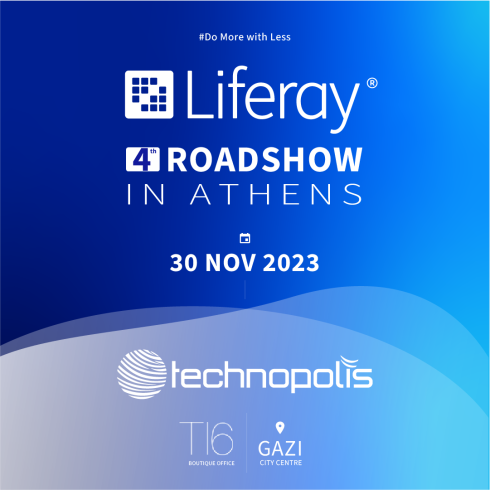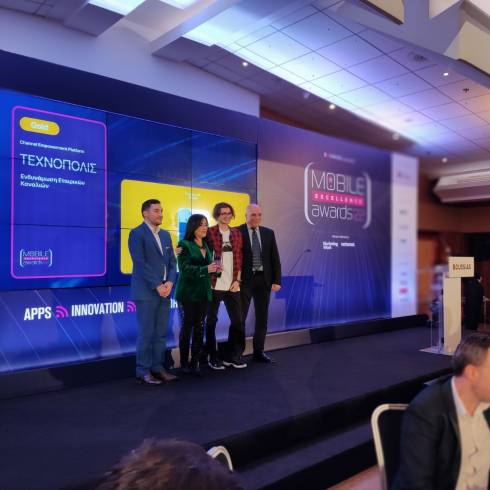Keep Calm and Use Liferay DXP
Monday 11 April 2016. Madrid, Spain.
It was raining and we were delayed for the first partner bootcamp training for Liferay 7. Although we were late, they welcomed us and the training began (also for us)! They were 5 days of learning, a lot of things have changed, for the better.
Liferay 7 seems to have made major changes in almost all aspects. Firstly, there is a brand new look and feel (have a look here), but the most important point, of course, is the modularity framework (OSGi). The liferay core has been downsized to a tiny core. From this change we now have 500+ new modules (bundles in the osgi world), which we can change any way we like, simply by overriding them with our own modules. No ext plugins any more. And no more class loading problems any more.
The old plugin mechanism is replaced (but is still supported) with the module container. Of course, you can still deploy the old wars, but wars from 6.x must be first upgraded. For the upgrading, liferay has developed a tool to help the process, build in the Liferay Studio.
They told us that they will also build a converting tool, to convert the migrated plugins into modules.
But how does a legacy plugin look like in the new world? For example, a service builder portlet will now have 4 modules: The tools module, the api module, the api implementation module and the web module.
There are a lot of new things to write about liferay 7. We will cover them in our blog in the near future. Here are some random interesting points:
-
leaving JSR 286 (because of the module framework)
-
New Blogs
-
New Forms (they are amazing!)
-
Configurable item selector
-
Many improvements in staging
-
Many portal.properties are now in modules or even changeable through the UI
-
Search
-
elasticsearch (Lucene is gone...)
-
optionally Solr, support only in EE
-
-
Gogo Shell for manipulating the module lifecycle and many other things
-
We can create our own commands for the gogo shell with a module
-
Now we can build our own custom REST Services
-
no security layer
-
based on CXF
-
rest extender option in UI, in order to attach the service to an endpoint
-
-
Declarative Services replace liferay-portlet.xml (and others) files with annotations
-
Goodbye Ant, hello gradle (maven is still there)
-
User Interface
-
Bootstrap 3 (jey!)
-
sass no more compass (jey!)
-
Lexicon, the Liferay Experience Language (have a look at this)
-
Senna.js (fast page load)
-
IE support 10,11/Edge
-
-
Theme developing
-
build tools based on node.js
-
watch functionality with reloading theme on file save
-
IDE independent
-
-
Mobile
-
new mobile SDK
-
liferay Screens 2
-
Audience targeting also in mobile
-
-
Clustering not supported in CE
-
Liferay 7 EE is Liferay DXP
The whole experience was very nice, the tutors were available and willing to solve occurring problems and answer questions at all times. And if they couldn’t come up with an answer right away, they would provide it the following day.
Also, Liferay seems to know that the migration to Liferay 7 will be very difficult not only for the partners but also for their clients. Liferay tries to make life easier (at least for the partners) by providing tools, documentation etc. They seemed to take it very seriously!
Also, “man” is there!
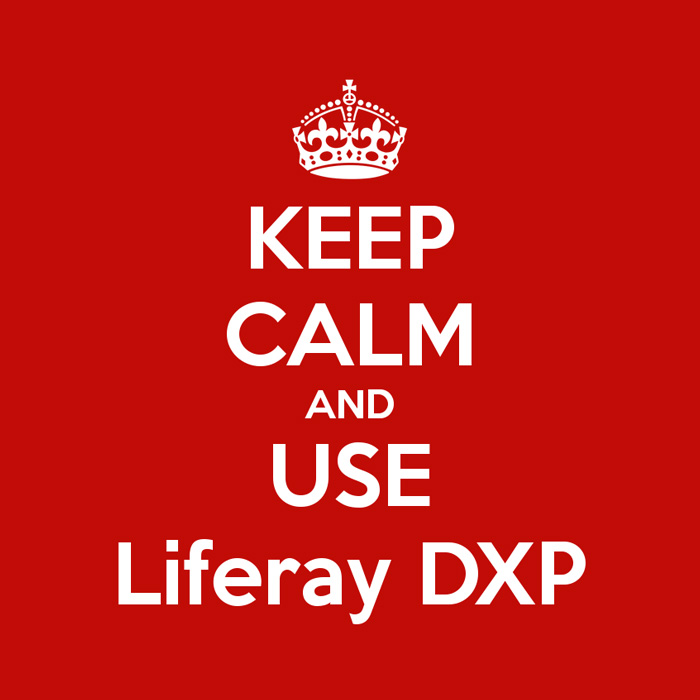
Liferay 7 seems to have made major changes in almost all aspects

